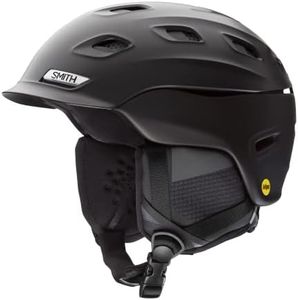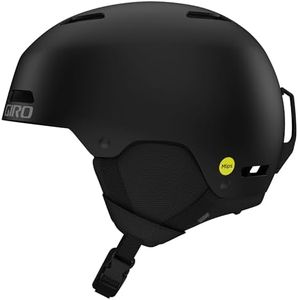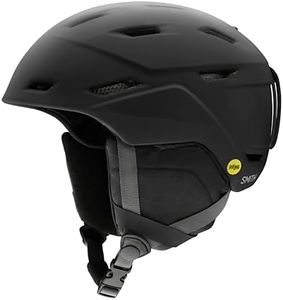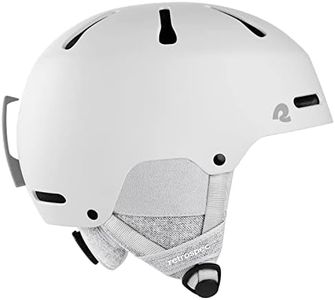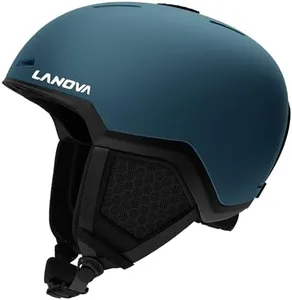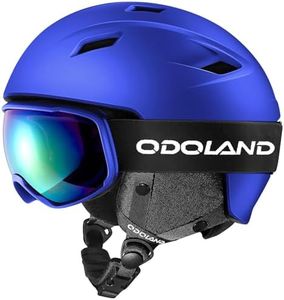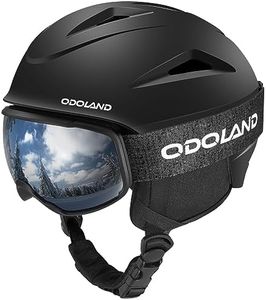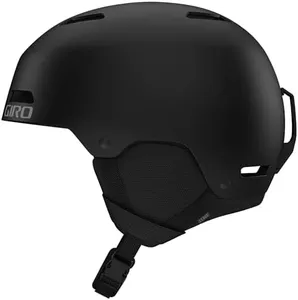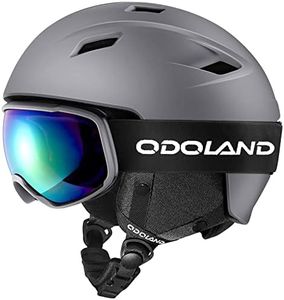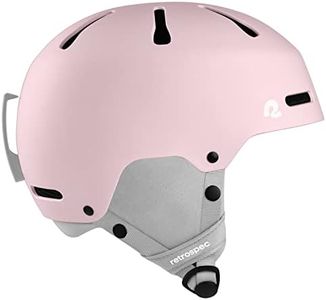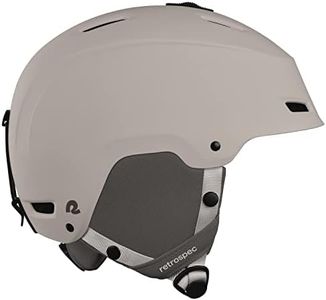We Use CookiesWe use cookies to enhance the security, performance,
functionality and for analytical and promotional activities. By continuing to browse this site you
are agreeing to our privacy policy
10 Best Snow Ski Helmets 2025 in the United States
How do we rank products for you?
Our technology thoroughly searches through the online shopping world, reviewing hundreds of sites. We then process and analyze this information, updating in real-time to bring you the latest top-rated products. This way, you always get the best and most current options available.

Buying Guide for the Best Snow Ski Helmets
Choosing the right snow ski helmet is crucial for ensuring your safety and comfort while skiing. A good helmet will protect your head from impacts, keep you warm, and fit comfortably. When selecting a helmet, consider the following key specifications to find the best fit for your needs.Fit and SizeFit and size are critical because a helmet that doesn't fit properly won't provide adequate protection. Helmets come in various sizes, typically measured in centimeters around the head. To find the right size, measure the circumference of your head just above your eyebrows. Helmets often have adjustable systems to fine-tune the fit. A well-fitting helmet should be snug but not too tight, and it should sit level on your head without tilting.
Safety CertificationsSafety certifications indicate that the helmet meets specific safety standards. Look for certifications such as ASTM F2040, CE EN 1077, or Snell RS-98. These certifications ensure the helmet has been tested for impact resistance and other safety features. Choosing a helmet with recognized certifications gives you confidence that it will provide adequate protection in the event of a fall or collision.
VentilationVentilation is important for regulating temperature and preventing overheating. Helmets come with different ventilation systems, ranging from fixed vents to adjustable ones. If you tend to ski in warmer conditions or exert yourself a lot, look for helmets with adjustable vents that you can open or close as needed. For colder conditions, fewer vents or adjustable vents that can be closed will help keep you warm.
WeightThe weight of the helmet affects comfort, especially during long skiing sessions. Lighter helmets are generally more comfortable to wear for extended periods. However, they should still meet safety standards. If you plan to ski for long hours or engage in high-intensity skiing, a lighter helmet can reduce fatigue and improve your overall experience.
Liner and PaddingThe liner and padding inside the helmet contribute to comfort and warmth. Look for helmets with removable and washable liners, as this makes it easier to keep the helmet clean and fresh. The padding should be soft and comfortable, providing a snug fit without causing pressure points. Some helmets also offer moisture-wicking liners to keep sweat away from your skin.
Goggle CompatibilityGoggle compatibility ensures that your helmet and goggles fit well together without gaps. Many helmets are designed to work with specific goggle brands or styles. Check that the helmet has a goggle clip or retainer to keep your goggles in place. Trying on your helmet with your goggles before purchasing can help ensure a good fit and prevent cold air from entering.
Audio CompatibilityAudio compatibility allows you to listen to music or take calls while skiing. Some helmets come with built-in audio systems or are compatible with aftermarket audio kits. If you enjoy listening to music or need to stay connected, look for helmets with audio pockets or built-in speakers. Ensure that the audio system does not compromise the helmet's fit or safety.
Most Popular Categories Right Now


